Get different speed test results between devices? Here’s Why.
How do I know my actual internet connection? Why is my internet speed different between devices? Those are the most common questions related to the speed test. In this article, we will clear the air by providing some basic information about the speed test Without further ado, let’s go!
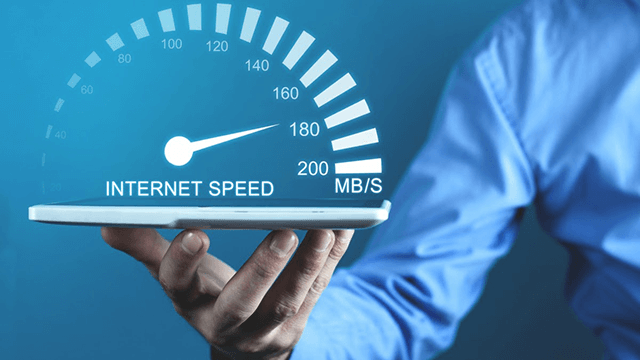
Get different speed test results between devices? Here’s Why.
What you can get from an internet speed test?
There are three key metrics that you can get after running a speed test:
-
Download speed shows how long it takes to transfer data from a server to you. This metric is important when it comes to downloading files, streaming a video, or loading a website
-
Upload speed is how fast your data is transferred to a server. You should take this metric into consideration if you want to send an email, share files to other people, live video chats, as well as gaming.
-
Ping, also referred to as Latency, is the time spent on sending a request and receiving a response.
Differences between download and upload speeds?
Normally, uploading files are quite a bit slower than downloading files. Because the majority of users spend much more time downloading than uploading, most high-speed Internet connections are designed to provide much better speed for downloading than uploading.
So it comes as no surprise if your upload speed appears to be slower than your download speed. If one direction of the test is not working at all, you might need to install a software firewall. Remember to disable the firewall while running the test and re-enable the firewall when you're completed.
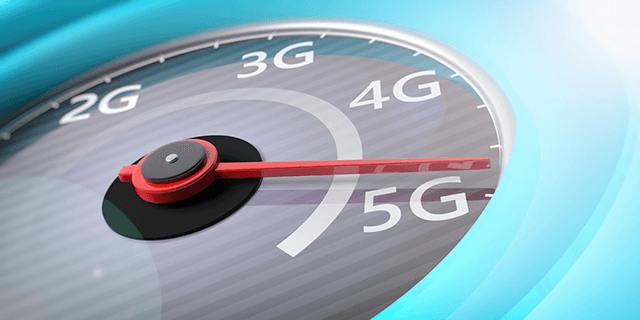
Speed test: Discrepancy between download and upload speeds
It’s sad but true that you normally get only 80-90% of the advertised maximum upload and download speeds after performing a speed test. Because the service provider promises to provide you with “up to” speed, but not, not that you will always get that speed. Why? This can be attributed to the following reasons:
-
First, you may be sharing your connection with others in your house or your neighbors. A lot of people using the Internet at the same time can lead to a slowdown.
-
Second, uploading and downloading files among many different users can cause the server to overload. As a result, they fail to give the maximum possible speed for your files.
If you feel your transfer speeds are slower than normal, you can use free online tools to test your connection speed. Your Internet service provider may have one, or you can try one such as the MySpeed speed test. Alternatively, you can read 9 of the best website speed test tools for 2020.

It’s easy to run a speed test on https://gospeedcheck.com
If you repeatedly get transfer speeds that are much lower than the ones reported by a test, you should try transferring your files to a different server to see if there is any difference; and if so, contact your main server's administrator for further information.
Getting different speeds between devices. Why?
Here are attributes to the difference in speeds:
-
Differences in available bandwidth:
Each test needs to have your entire bandwidth to itself, so make sure overlapping tests are never to happen. Besides, avoid downloading many files at the same time.
-
Differences in connection:
Running a speed test on the phone and your computer at the different connection locations could be the reason for the problem. You turned off Wi-Fi, and accidentally might be testing your cellular speeds instead.
-
Differences in hardware:
Devices can have very different Wi-Fi and cellular radio capabilities. Phones and tablets typically have less sophisticated Wi-Fi antennas than laptops or computers, even using the same provider. This difference may have a negative impact on your phone's Wi-Fi speed, especially in areas of high interference on the 2.4 GHz Wi-fi frequency.
-
Differences in speed test servers:
Basically, the closer servers to you are, the better speeds you will get. In order to get a comprehensive picture of your speed, you need to test a variety of test servers. MySpeed has the world’s largest testing server network, so you can always test to a server near your geographic location.
-
Use different browsers
Each browser has its own capabilities, thus possibly giving different results, particularly on high-speed connections. To put it simply, if you test your speed using Chrome on your phone but use Firefox for testing speed on your computer, then the probability that you get different speeds is high.
Performing speed test on different devices
Why do the results of my speed test differ from the results of other speed tests?
Though your device connects to a fixed number of servers across the country, it automatically chooses the one that is closest to you for testing. But it’s possible that the server used is farther from your actual location than is optimal, so your results of speed check differ from the results of others’.
Other speed tests can give you a faster result because they have access to more servers to test your speed with a closer one.
The reason for a discrepancy between test results could also be due to the unit of measure given: The speed test is measured in kilobytes per second; other sites may measure kilobits, megabits, or megabytes per second.
Are Speed Tests Accurate?
What makes a speed test accurate is one of the most commonly asked questions when it comes to speed tests. Well, it’s rather difficult to tell the standard formula for an accurate speed test, but there are some ways that you should consider when testing to get the best results:
-
Choosing a test server that is closest to your location: The test will automatically choose the closest server based on your IP address so that the data doesn’t have as far to travel. However, this doesn’t work in any situation. For users living in more rural areas, the test will choose a server that isn’t close at all.
Luckily, many free speed testing websites can address this, including https://gospeedcheck.com/, which allows you to choose a server closer to you.
-
Get rid of variables: Before embarking on your test, you need to take these things into consideration to have more accurate results.
-
Wi-Fi: You can get the best results only when your device is directly connected to your modem. So if you check your speed using wi-fi, the results will be skewed.
-
Non-essential applications: Make sure nothing is using additional bandwidth on the device used to test speed. This is considered the most important rule to remember when you perform an internet speed test. In order to make sure nothing might be using the internet, you are highly recommended to turn it off during your test.
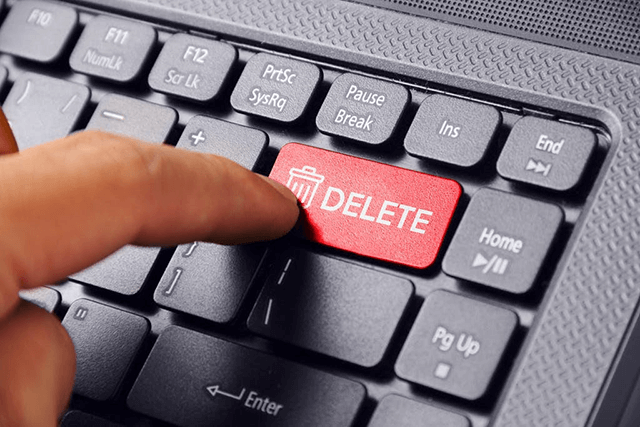
Delete variables that affect speed test results
-
Perform multiple tests: It is best to conduct a speed test at different times of the day or the week. Doing so, you will be able to see discrepancies, compare all the results, and average them. Besides, the time of the test is also important for your provider to troublesome the problems in your network
-
Delete your browser cache: Bear in mind that before you test speeds, you should clean your browser cache. Why? When you perform a speed test, data packets are sent and chunky files are possibly left behind on your browser, which, in turn, can slow it down.
Summary
That’s it! We’ve gone through some basic information about a speed test and gave explanations for common questions. If you get any related questions in mind, please share with us in the comment section below.
You may also like...

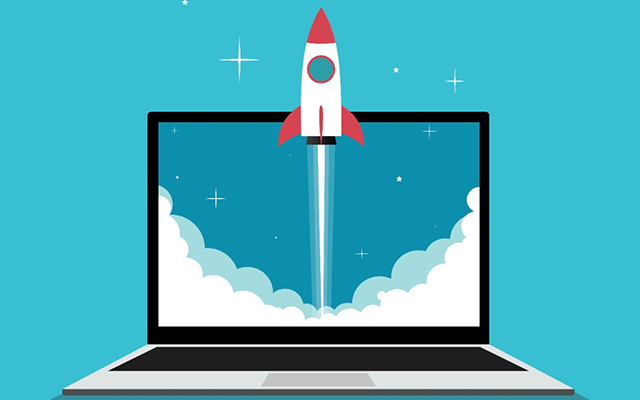

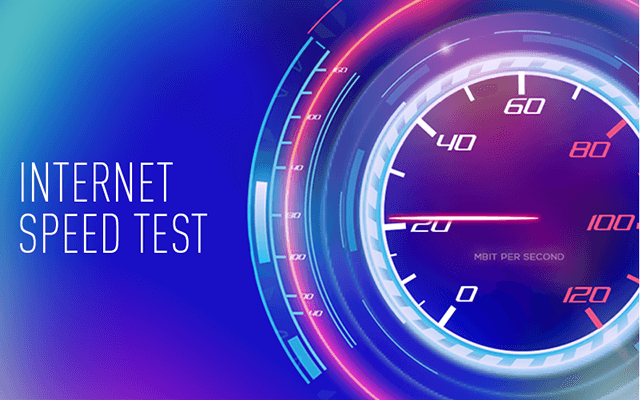


0 Comments
Leave a Comment
Your email address will not be published. Required fields are marked *